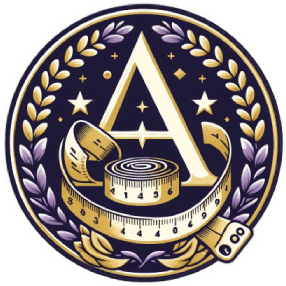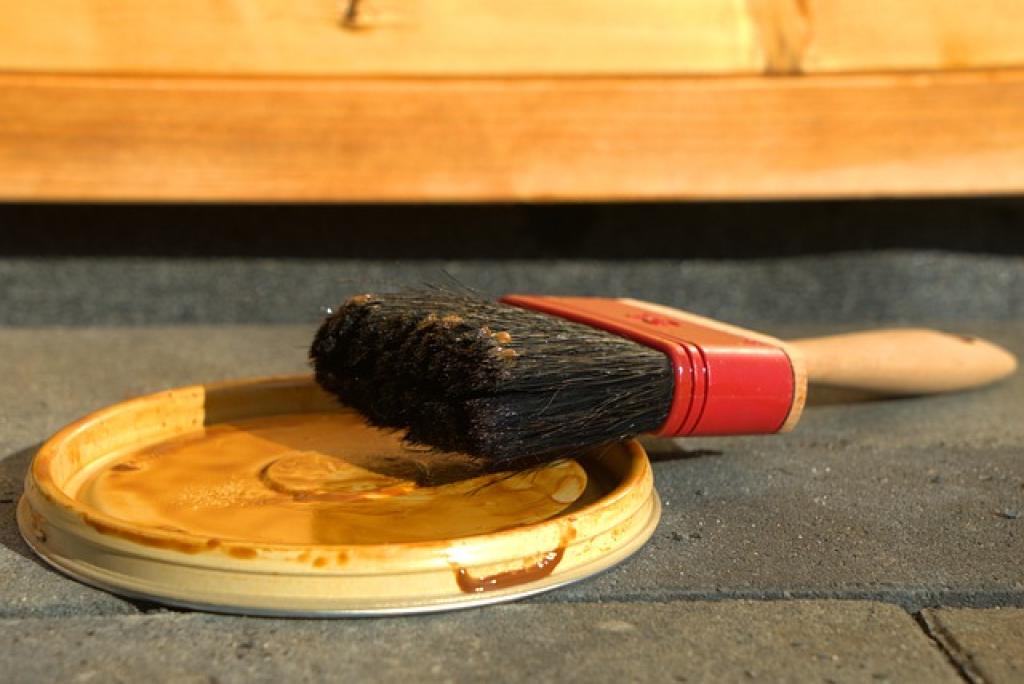Ever looked at your wardrobe and felt like something was missing? Maybe that perfect skirt to pair with your favorite top?
Well, why not make it yourself?
Creating your own skirt can be a fun and rewarding project! It’s a great way to express your unique style and, of course, flaunt your creativity. Plus, think of the bragging rights when someone asks, “Where did you get that skirt?”
You might be thinking, “I’m no sewing expert!”—no worries. Whether you’re a beginner or a seasoned DIY enthusiast, there’s a skirt project here for you.
Ready to roll up your sleeves and start stitching? Let’s dive into the exciting world of DIY skirts!
Choosing the Right Fabric for Your Skirt Project
The fabric you choose can make or break your DIY skirt project. So, let’s start by picking a fabric that not only looks good but feels great too.
Types of Fabrics
Considering the vibe you want for your skirt is important. Want something flowy and relaxed? Go for cotton or linen. Both are breathable and perfect for warmer weather. If you’re aiming for a more elegant or structured look, try fabrics like silk or satin. They add a touch of glam without much effort.
Fabric Patterns and Colors
Don’t be afraid to play with patterns and colors. Solids are timeless and versatile, but floral or geometric patterns can add a fun twist. Also, think about your existing wardrobe. Choosing colors that complement your favorite tops means you’ll get more wear out of your new skirt.
Finally, always remember to check the fabric’s care instructions. Some materials require special care, like dry cleaning, which might be a deal-breaker depending on your lifestyle.
Ready to make your choice? Let’s move on to measuring and cutting the fabric!
Essential Tools and Materials You’ll Need
Before you dive into crafting your perfect skirt, make sure you have all the essential tools and materials handy. Trust me, having everything in one place will make the process a breeze.
First off, you’ll need a good pair of fabric scissors. They’re sharper than regular scissors and make cutting through material effortless. Next, grab a measuring tape. Accurate measurements are crucial to ensure your skirt fits just right.
You’ll also need some pins to hold your fabric pieces together as you sew. Speaking of sewing, a sewing machine can make the job quicker, but if you prefer hand-sewing, that’s perfectly fine too. Just make sure you have needles and thread that match your fabric.
Don’t forget an iron and ironing board. Pressing your seams as you sew will give your skirt a polished look. And finally, some fabric markers or chalk for marking measurements and cutting lines will be super helpful.
With these tools and materials gathered, you’re all set to start creating your masterpiece!

Simple Steps to Measure and Cut the Fabric
Alright, let’s get into the fun part—measuring and cutting your fabric! Start by laying your fabric on a flat surface. Make sure it’s free of wrinkles by giving it a quick press with your iron.
First, use your measuring tape to measure your waist and desired skirt length. Jot these numbers down. Add an extra inch to your waist measurement and a couple of inches to the length for seam allowances and hemming.
Next, use fabric markers or chalk to mark these measurements directly on your fabric. Draw a straight line for the waist and another for the length. Double-check your marks because accuracy is key here.
Once you’re confident about your markings, grab those fabric scissors and carefully cut along the lines. Be precise so you don’t end up with uneven edges.
Remember, it’s always better to cut a bit larger than to end up with a piece that’s too small. You can always trim excess fabric later. And there you go; your fabric is ready for the next steps!
Sewing Techniques: Stitching Your Skirt Together
Now that your fabric is cut and ready, it’s time to bring out the sewing machine or needle and thread. Start by folding the fabric in half with the right sides facing each other. The “right side” is the fabric’s pretty side that will be visible when you wear the skirt.
You’ll begin by creating the side seam. Pin the sides together to keep the fabric from shifting. Using a straight stitch, sew along the pinned edge, leaving about a half-inch seam allowance. Remember to remove the pins as you sew to avoid breaking your needle.
Next, we need to address the waistband. Fold the top edge of the fabric down by about an inch and press it with an iron to create a clean, crisp seam. Pin this fold in place and sew along the edge, leaving a small gap to insert your elastic.
Thread the elastic through the waistband using a safety pin to guide it. Once the elastic is through, sew the ends of the elastic together securely and close the gap with a few stitches.
For the final touch, hem the bottom of the skirt. Fold the edge up by about an inch, press it, and sew along the folded edge. This gives your skirt a neat, finished look.
And voilà! You’ve just stitched your skirt together. All that’s left is to give it a final press with your iron, and you’re ready to twirl around in your new DIY creation!
Adding Waistbands, Zippers, or Buttons
At this point, your skirt is taking shape, but it’s the details that will make it truly stand out! Let’s talk about adding waistbands, zippers, or buttons to give your skirt that perfect fit and stylish finish.
For a waistband, you can either create a simple elastic band like we previously discussed, or opt for a more structured waistband. To do the latter, cut a strip of fabric that’s about twice the width you want the finished band to be, plus a bit extra for seam allowances. Fold this strip in half lengthwise with the right sides facing out, and press it. Align the raw edges with the top of your skirt and sew them together. Simple, yet elegant!
Adding a zipper might seem intimidating, but it’s not too tricky with a little patience. Place the zipper face down along the edge where you want to insert it. Pin it in place and sew along one side with a zipper foot on your sewing machine. Repeat on the other side. Make sure to backstitch at both ends to secure it. Voila, you’ve got a neat zipper closure!
Buttons are another fantastic option for waistbands or even along the side of the skirt for a decorative touch. Mark where you want each button to go and make corresponding buttonholes by using a buttonhole foot on your machine or by hand-stitching. Sew the buttons in place and cut open the buttonholes carefully. Easy and chic!
Each of these finishing touches ensures your skirt not only looks great but fits comfortably too. Choose whichever method suits your style and skill level best, and you’ll have a customized skirt you can be proud of! Happy sewing!
Embroidery, Applique, or Other Embellishments
Now that your basic skirt is ready, it’s time to let your creativity shine by adding some beautiful decorations! Embroidery, applique, or other embellishments can completely transform your skirt and give it a unique, personal touch.
Embroidery is a timeless way to add intricate designs and patterns to your fabric. Whether you use an embroidery machine or prefer hand-stitching, the possibilities are endless. Start by sketching your design lightly with a fabric pencil. Then, use colorful threads to bring your design to life. Flowers, geometric patterns, or even personalized initials – choose whatever speaks to you.
Applique is another fantastic technique. Essentially, it involves sewing pieces of fabric onto the skirt to create designs or patterns. Cut out shapes from your chosen fabrics, pin them onto your skirt, and stitch around the edges to secure them. Applique can be as simple or as elaborate as you like, from basic shapes to layered, detailed scenes.
Don’t forget about other embellishments like beads, sequins, or even lace trims. These can add sparkle and texture, making your skirt stand out. Sew beads or sequins either all over the skirt for a dazzling effect or just in select areas for a touch of elegance. Lace trims can be added to the hem or waistband for a lovely, vintage touch.
Adding these embellishments might take some extra time, but it’s worth it for that unique, head-turning result. Let your imagination run wild and enjoy the process! Your skirt will be a true reflection of your style and creativity. Happy decorating!
Skirt Lengths and Styles: A Guide to Personalizing Your Design
When it comes to creating your perfect skirt, the length and style play a significant role in your overall look. Whether you prefer a mini, midi, or maxi skirt, each length offers a different vibe and can be tailored to suit any occasion.
Mini Skirts
If you’re aiming for something flirty and fun, a mini skirt might be your best bet. Mini skirts are usually above the knee and are perfect for showing off your legs. Pair them with tights and boots for a chic winter look, or sandals for a breezy summer vibe. Just remember, confidence is key with shorter lengths!
Midi Skirts
Midi skirts, which hit anywhere from just below the knee to mid-calf, offer a versatile and elegant option. These skirts can be dressed up or down, making them perfect for both casual outings and more formal events. Try a pleated midi for a touch of sophistication or a flowy, A-line cut for a more relaxed feel.
Maxi skirts are the epitome of bohemian chic. These floor-length beauties offer comfort and style in one package. Perfect for summer festivals or lazy beach days, maxi skirts can be paired with crop tops or tucked-in blouses for a dreamy, effortless look.
A-Line, Pencil, or Full?
Beyond length, the style of the skirt is another way to make it uniquely yours. A-line skirts are flattering on almost all body types and offer a classic silhouette. Pencil skirts, which are more fitted, provide a professional, streamlined look. For those who love a bit more drama and volume, full skirts are the way to go. They’re perfect for twirling!
Experimenting with different lengths and styles allows you to discover what makes you feel confident and fabulous. Whether you decide on a mini, midi, or maxi, the most important thing is that you feel great in your customized creation. The world is your runway – go strut your stuff!
The Bottom Line: Finishing Touches and Care Instructions
In wrapping up your skirt-making journey, adding those final touches can really elevate your design. Consider adding a decorative hem, buttons, or even embroidery to make your skirt uniquely yours. Always take into account the fabric you’re working with when applying these finishing touches.
When it comes to care instructions, the first rule of thumb is to follow the fabric guidelines. Delicate fabrics like silk or lace often require hand washing or dry cleaning. Sturdier materials like cotton or denim can usually handle machine washes, but it’s always best to wash items inside out to preserve their look.
Store your skirt properly to maintain its shape and quality. Hanging skirts is generally better to avoid wrinkles, but for fabrics that might stretch, folding them gently is the way to go. Adding lavender sachets or cedar blocks to your closet can help keep moths away without resorting to harsh chemicals.
Ironing or steaming your skirt before wearing can make a significant difference in how polished you look. Follow the fabric’s heat tolerance guidelines to avoid any damage.
With these finishing touches and care instructions, your custom-made skirt is set to stand the test of time and trends. Not only will you look fabulous, but you’ll also have the satisfaction of knowing you created something truly unique. Happy sewing and styling!

